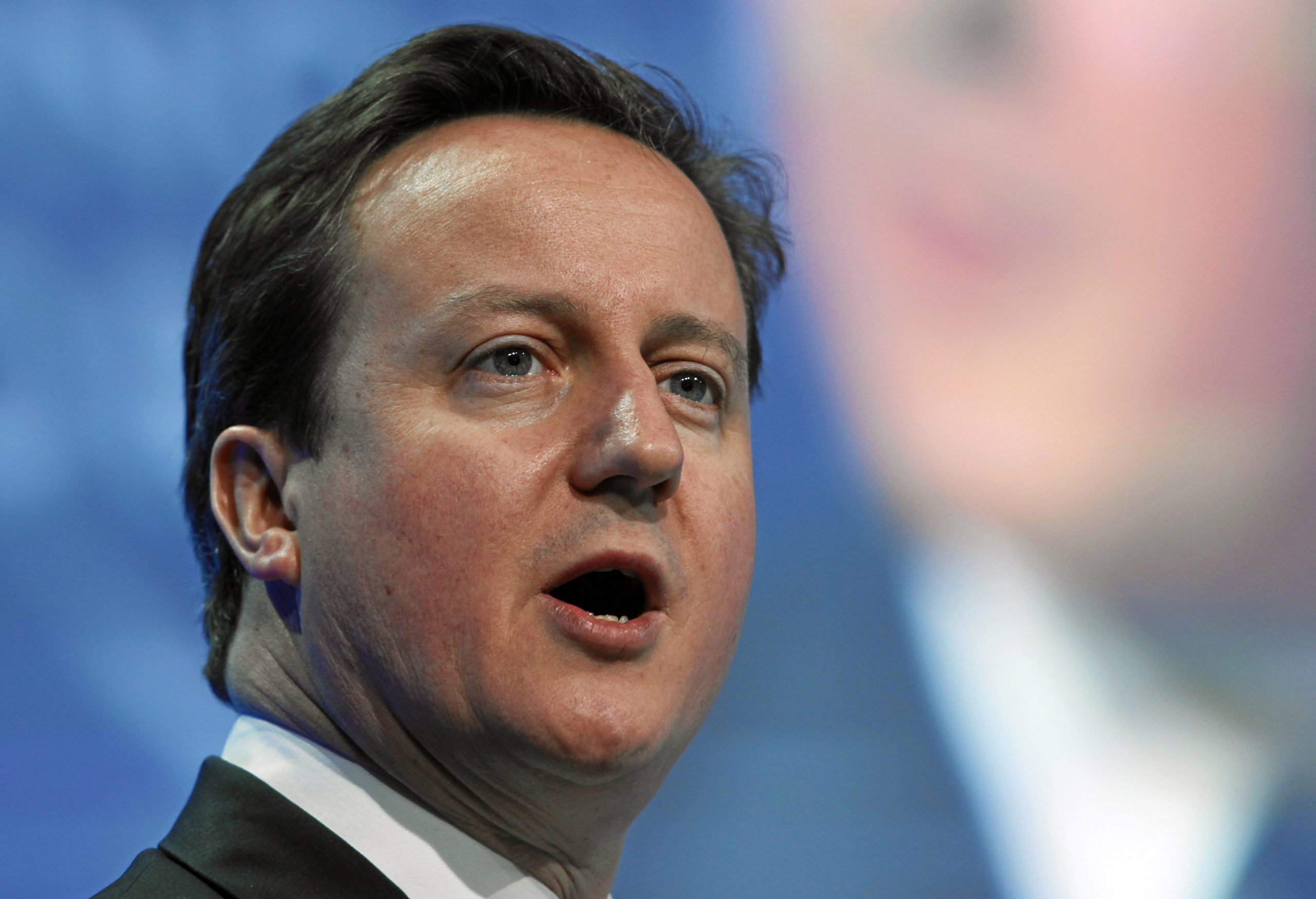On 13 November, Rishi Sunak undertook a Cabinet Reshuffle in which David Cameron, the former British Prime Minister, was reappointed to the Cabinet for the first time since 2016.
Cameron served as a Conservative UK Prime Minister from 2010 to 2016.
His policy of austerity, which saw significant cuts to public services across the UK, has drawn great criticism.
As Cameron is currently not an elected member of Parliament, he had to be appointed to the House of Lords in order to take the post of Foreign Secretary.
Read more: Sunak’s new cabinet: a guide to who’s in and who’s out
Cameron’s appointment comes at a time of international instability, with the ongoing war in Ukraine and the Crisis in the Middle East.
There are concerns about whether David Cameron can be held accountable, due to him sitting in the House of Lords over the House of Commons, where he cannot be questioned directly by members of Parliament.
Others have argued that Cameron’s experience as Prime Minister is vital at this time of instability.
After graduating from Oxford University, Cameron worked at the Conservative Party Research Department, before becoming a government special adviser.
Read more: The cabinet re-shuffle: as it happened
In June 2001, Cameron was elected as a Member of Parliament to the parliamentary constituency of Witney.
In 2005, David Cameron was elected as leader of the Conservative Party, promising to unite his party over the issue of European Union membership.
After the 2010 election as Prime Minister, David Cameron formed a coalition government, with the Liberal Democrats joining the Conservative Party in Government.
A coalition government is formed in the United Kingdom when the largest political party in the House of Commons does not have a majority to be able to pass laws.
Read more: Suella Braverman suggests homelessness is a lifestyle choice
During his time as Prime Minister, David Cameron introduced the highly controversial policy of austerity.
Austerity led to funding cuts for many public services; one part of this was a 16 per cent reduction to the total number of police officers from 2010 to March 2019, as reported by the Police Foundation.
Additionally, the Trades Union Congress has argued that Cameron’s austerity left the UK “hugely unprepared” for the Covid pandemic due to cuts to the NHS and other public services.
David Cameron resigned in late June 2016, after the United Kingdom voted to leave the European Union.
Read more: SNP backs Yousaf’s independence strategy at party conference
Cameron had supported the Remain campaign, which pledged to stay in the European Union.
Two years after leaving office, Cameron returned to the news in the Greensill lobbying scandal, as he sent 62 private messages to former colleagues, urging their support for the bank he worked and held significant stocks in.
A parliamentary inquiry concluded that this had been inappropriate and showed a “significant lack of judgement”.
Image: “David Cameron – World Economic Forum Annual Meeting 2011” by World Economic Forum is licensed under CC BY-NC-SA 2.0.

